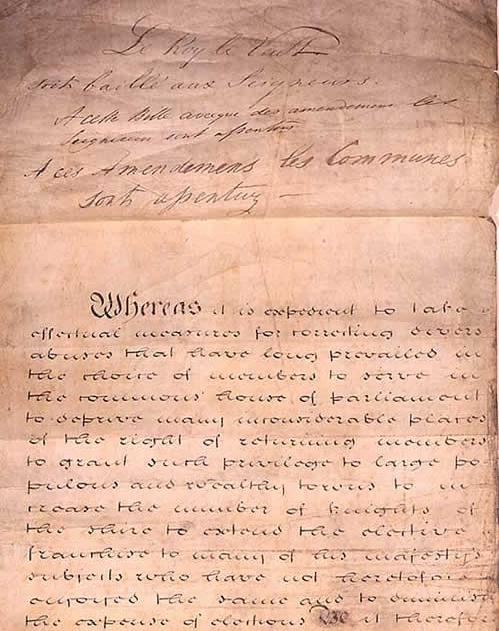|
Portrait Of Earl Grey
''Portrait of Earl Grey'' is an 1820 portrait painting by the English artist Thomas Phillips depicting the British aristocrat and Whig politician Charles Grey, 2nd Earl Grey, who later became Prime Minister. History After briefly serving as Foreign Secretary in 1806-07 during the Ministry of All the Talents he was in opposition for many years. He effectively functioned as its leader during the Regency era closely allied with Lord Grenville. Grey took a prominent role for the defence during the Trial of Queen Caroline in the House of Lords the same year as the painting. He remained in opposition until 1830 when he became Prime Minister. He headed the government for four years passing through the Great Reform Act and the Abolition of Slavery. Phillips was a prominent portraitist and member of the Royal Academy. He shows Grey as a statesman, with his robes as a British peer behind him. He produced three versions of the painting, one commissioned by Earl Fitzwilliam. A versi ... [...More Info...] [...Related Items...] OR: [Wikipedia] [Google] [Baidu] |
Thomas Phillips
Thomas Phillips (18 October 1770 – 20 April 1845) was a leading English portrait and subject painter. He painted many of the notable men of the day including scientists, artists, writers, poets and explorers. Life and work Phillips was born at Dudley, then in Worcestershire. Having learnt glass-painting in Birmingham under Francis Eginton, he visited London in 1790 with an introduction to Benjamin West, who found him employment on the painted-glass windows of St George's Chapel at Windsor. In 1791 he became a student at the Royal Academy, where, in 1792 he exhibited a view of Windsor Castle, followed in the next two years by the ''Death of Talbot, Earl of Shrewsbury, at the Battle of Castillon'', ''Ruth and Naomi'', ''Elijah restoring the Widow's Son'', ''Cupid disarmed by Euphrosyne'', and other pictures. After 1796, he concentrated on portrait-painting. However, the field was very crowded with the likes of John Hoppner, William Owen, Thomas Lawrence and Martin Arche ... [...More Info...] [...Related Items...] OR: [Wikipedia] [Google] [Baidu] |
Great Reform Act
The Representation of the People Act 1832 (also known as the Reform Act 1832, Great Reform Act or First Reform Act) was an act of the Parliament of the United Kingdom (indexed as 2 & 3 Will. 4. c. 45), enacted by the Whig government of Prime Minister Charles Grey, 2nd Earl Grey, introducing major changes to the electoral system of England and Wales, expanding the electorate in the United Kingdom. The legislation granted the right to vote to a broader segment of the male population by standardizing property qualifications, extending the franchise to small landowners, tenant farmers, shopkeepers, and all householders who paid a yearly rental of £10 or more. The act also reapportioned constituencies to address the unequal distribution of seats. The act of England and Wales was accompanied by the Scottish Reform Act 1832 and Irish Reform Act 1832, respectively. Before the reform, most members of Parliament nominally represented boroughs. However, the number of electors in a ... [...More Info...] [...Related Items...] OR: [Wikipedia] [Google] [Baidu] |
Paintings In The National Portrait Gallery, London
Painting is a Visual arts, visual art, which is characterized by the practice of applying paint, pigment, color or other medium to a solid surface (called "matrix" or "Support (art), support"). The medium is commonly applied to the base with a brush. Other implements, such as palette knives, sponges, airbrushes, the artist's fingers, or even a dripping technique that uses gravity may be used. One who produces paintings is called a painter. In art, the term "painting" describes both the act and the result of the action (the final work is called "a painting"). The support for paintings includes such surfaces as walls, paper, canvas, wood, glass, lacquer, pottery, leaf, copper and concrete, and the painting may incorporate other materials, in single or multiple form, including sand, clay, paper, cardboard, newspaper, plaster, gold leaf, and even entire objects. Painting is an important form of visual arts, visual art, bringing in elements such as drawing, Composition (visual art ... [...More Info...] [...Related Items...] OR: [Wikipedia] [Google] [Baidu] |
Cultural Depictions Of Charles Grey, 2nd Earl Grey
Culture ( ) is a concept that encompasses the social behavior, institutions, and norms found in human societies, as well as the knowledge, beliefs, arts, laws, customs, capabilities, attitudes, and habits of the individuals in these groups.Tylor, Edward. (1871). ''Primitive Culture''. Vol 1. New York: J. P. Putnam's Son Culture often originates from or is attributed to a specific region or location. Humans acquire culture through the learning processes of enculturation and socialization, which is shown by the diversity of cultures across societies. A cultural norm codifies acceptable conduct in society; it serves as a guideline for behavior, dress, language, and demeanor in a situation, which serves as a template for expectations in a social group. Accepting only a monoculture in a social group can bear risks, just as a single species can wither in the face of environmental change, for lack of functional responses to the change. Thus in military culture, valor is counted a ... [...More Info...] [...Related Items...] OR: [Wikipedia] [Google] [Baidu] |


